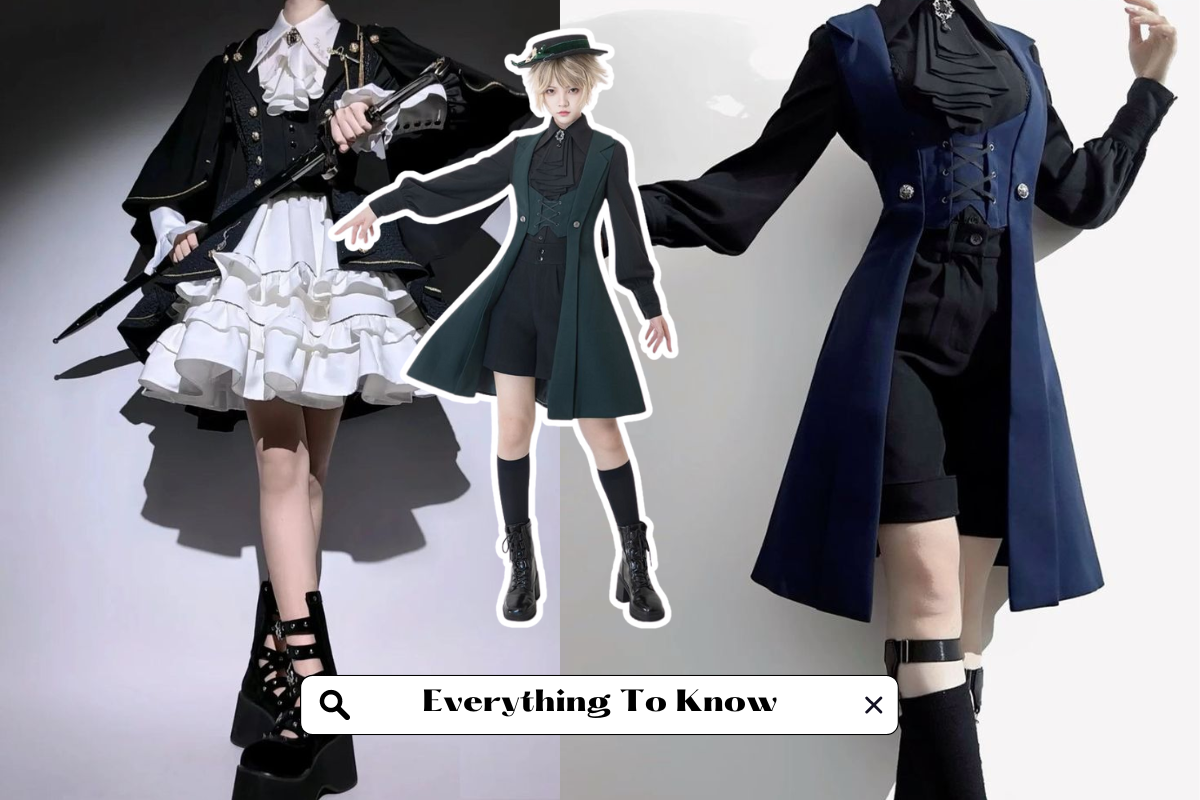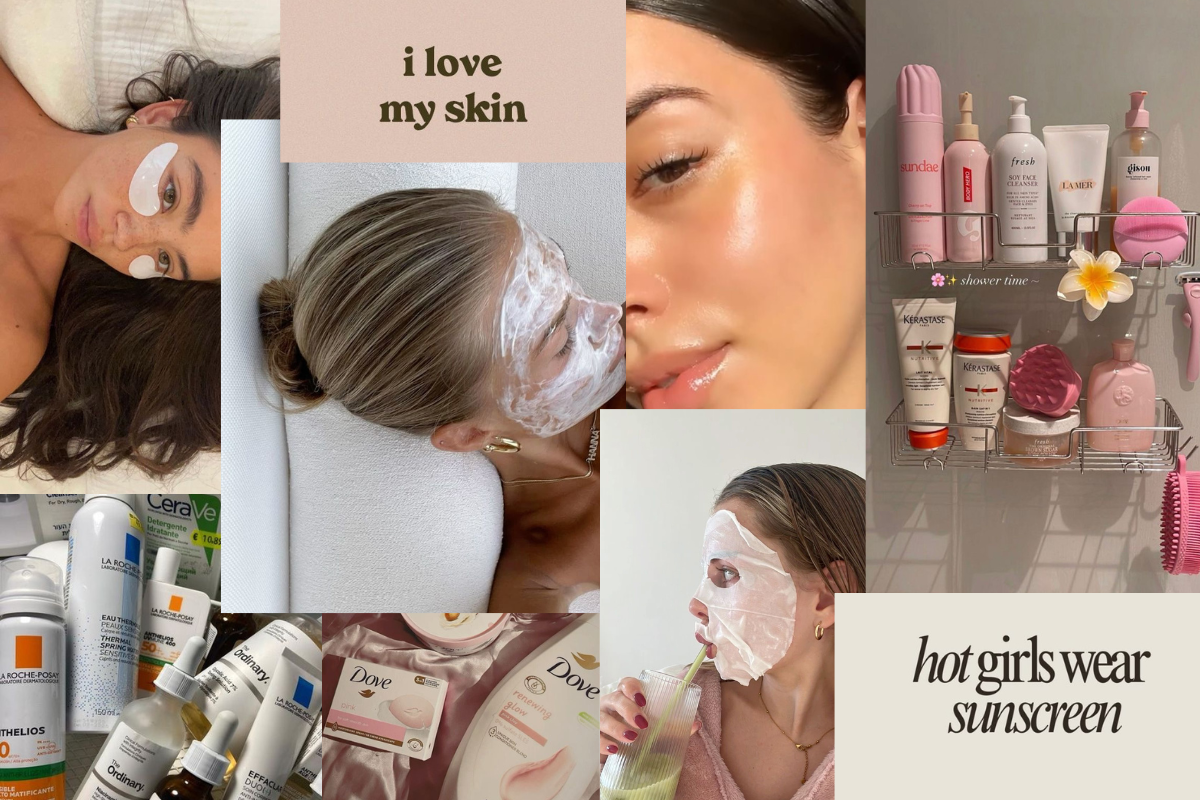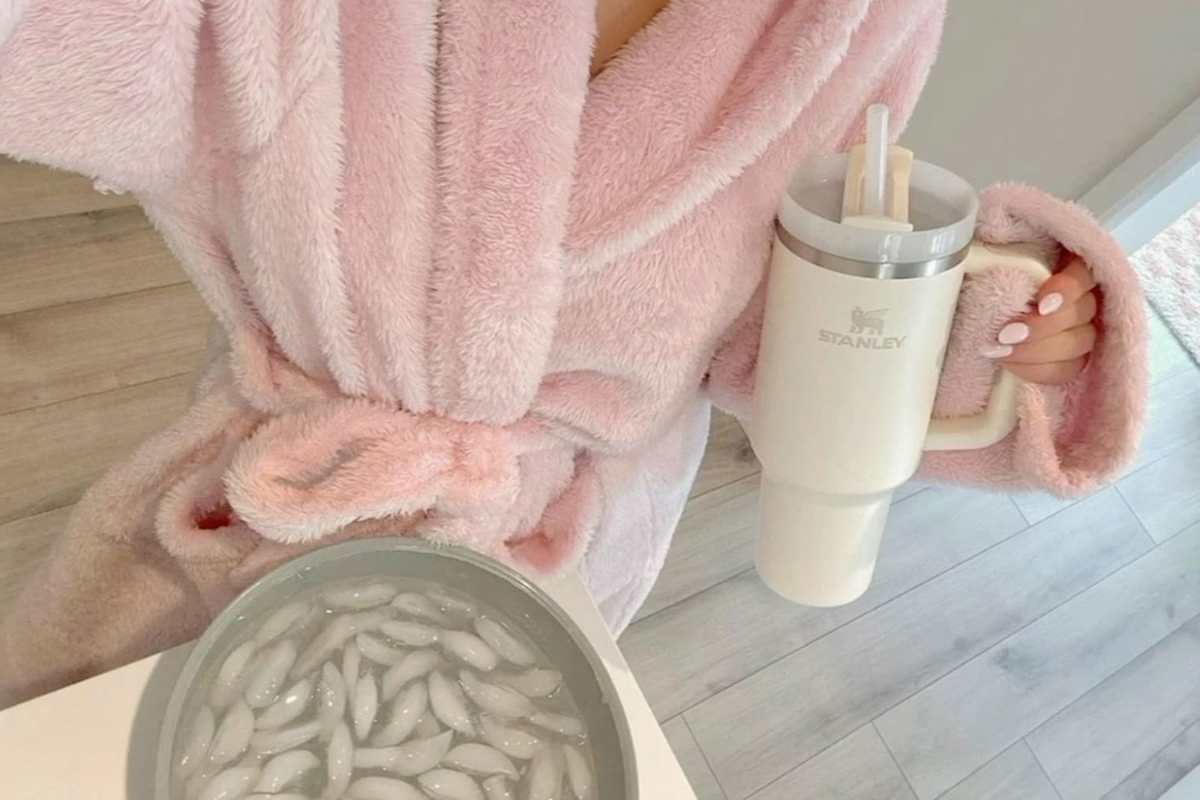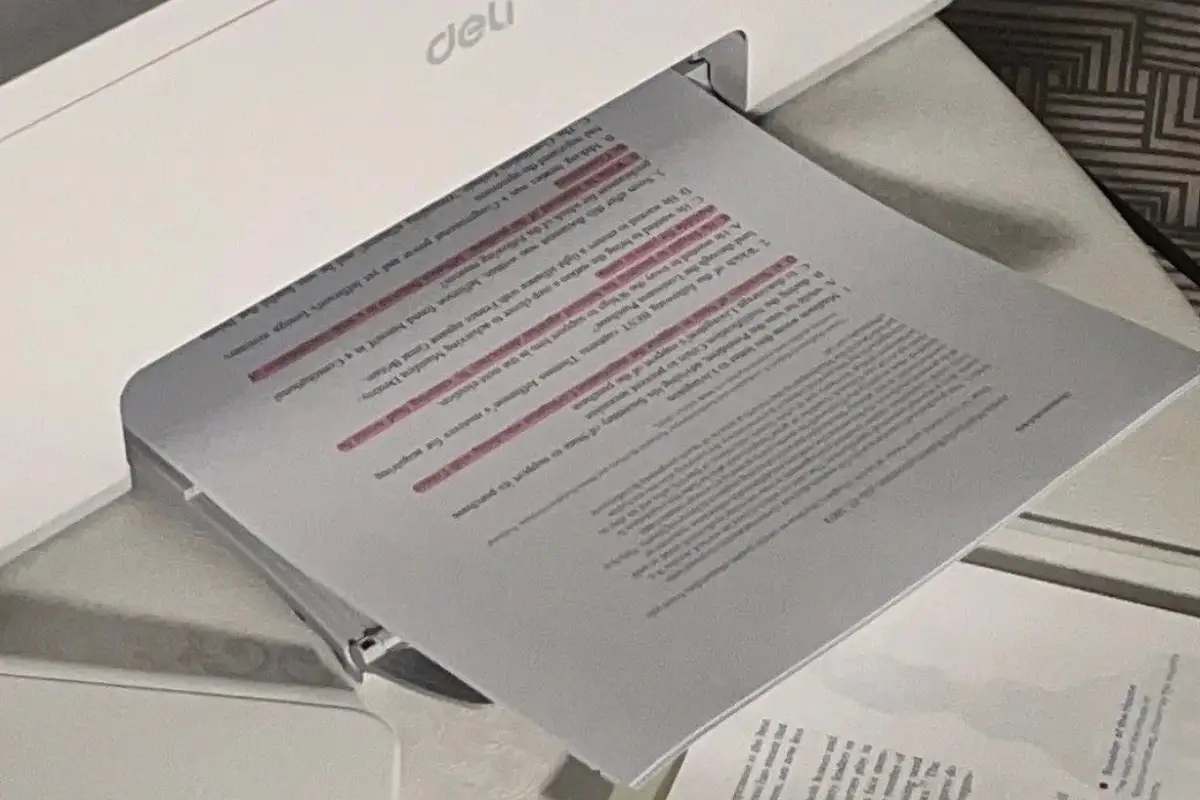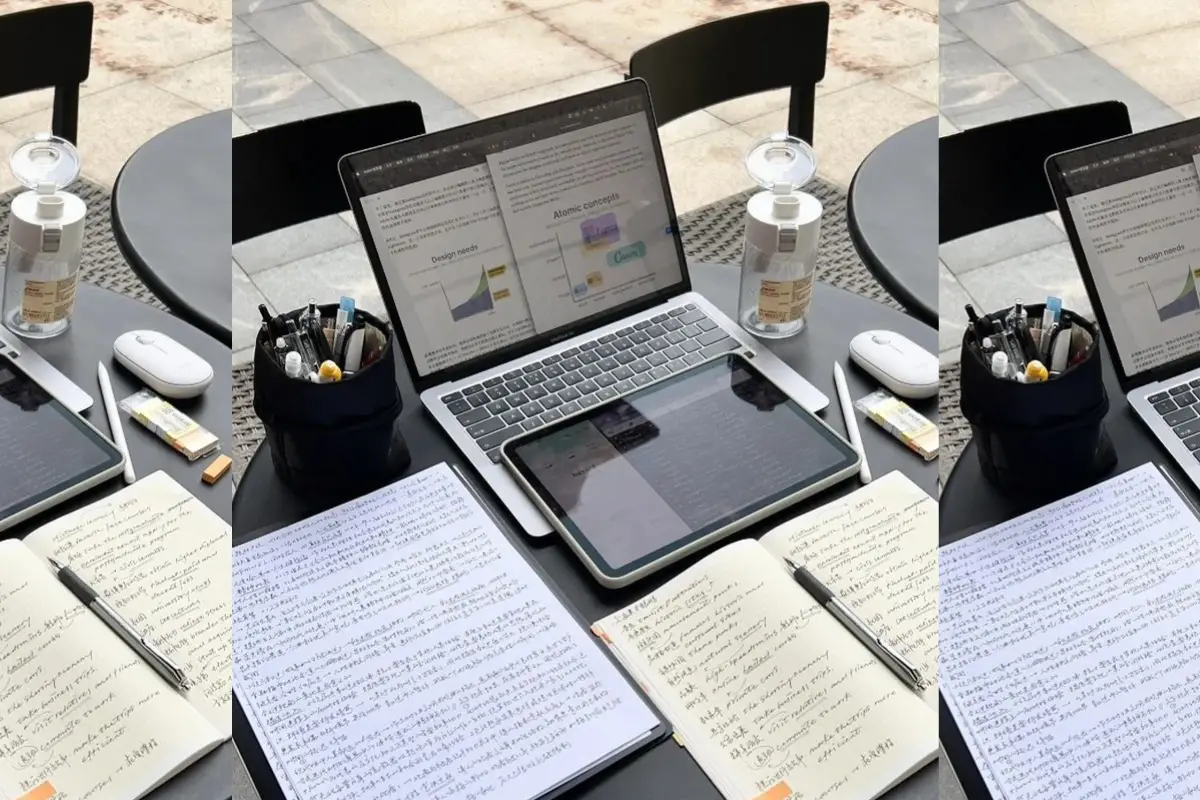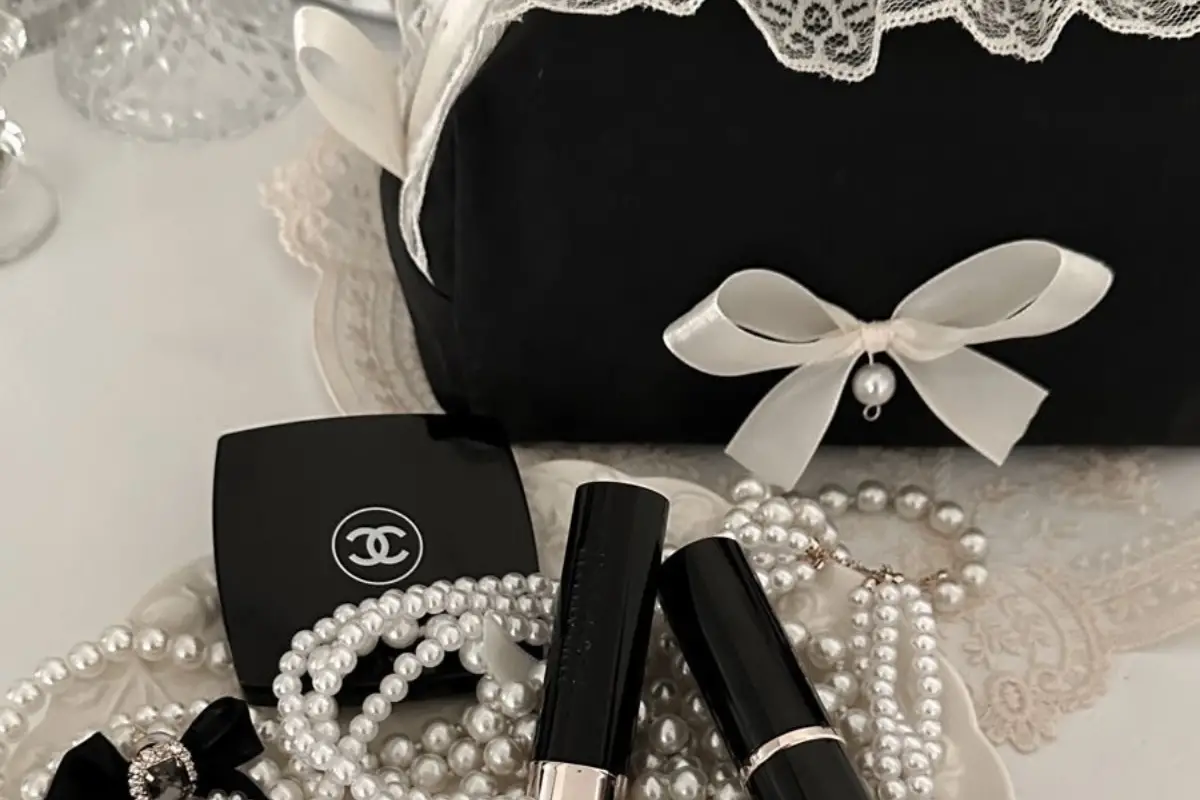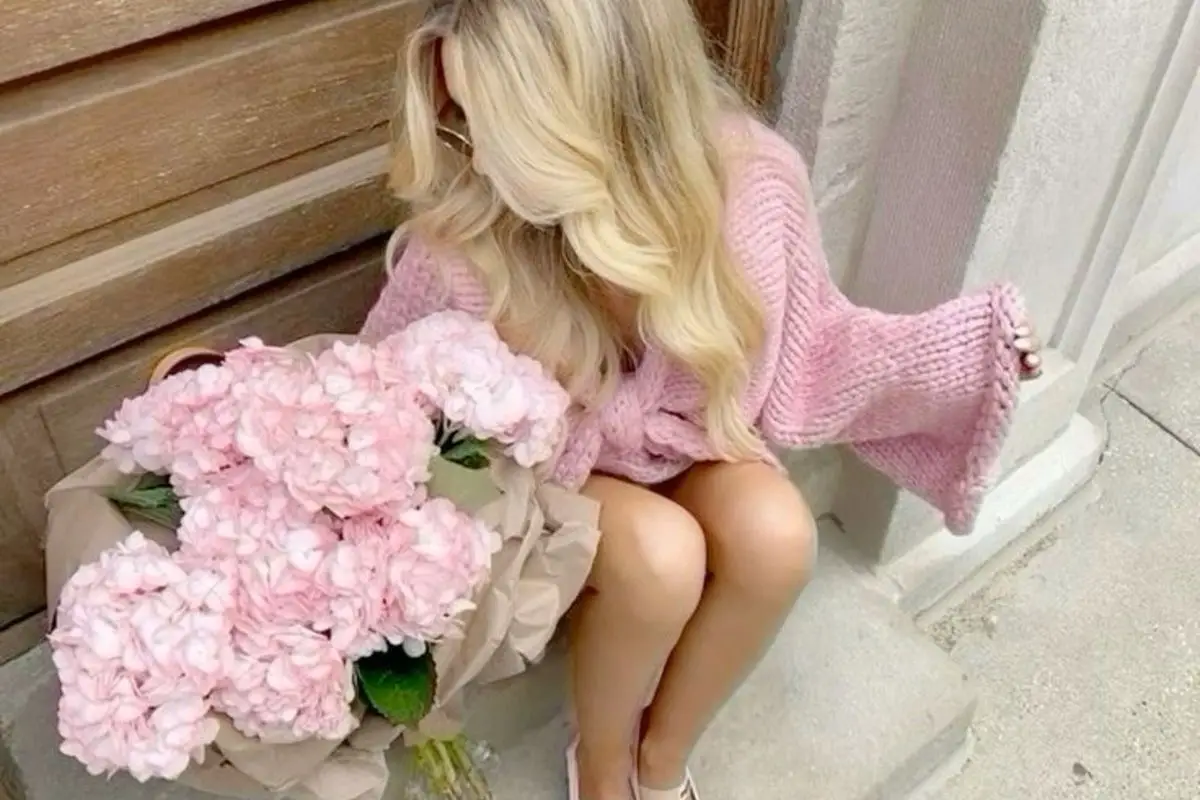90s Rave Fashion: A walk Through History
- Fashion
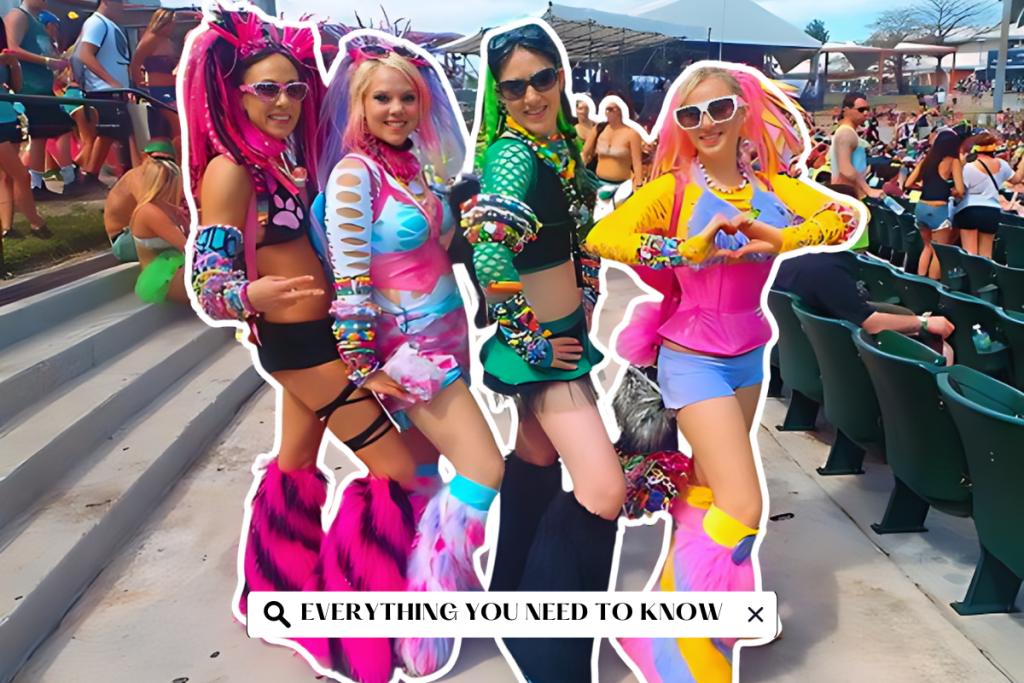
- Written byYour Local It Girl
- |04/10/2024
Exploring the vibrant tapestry of rave culture unveils a fascinating journey through pulsating beats, kaleidoscopic lights, and an ethos of unbridled expression. From its humble origins to its explosion onto the cultural landscape, the history of raves is a testament to the human desire for connection, freedom, and uninhibited celebration. In this exploration, we delve into two distinct but intertwined facets: the evolution of raves through history and the iconic fashion statements that defined the 90s rave scene.
Introduction
A History of Raves
Raves, born from the underground dance music scenes of the 1980s, emerged as epicenters of countercultural movements and sonic revolutions. Initially incubated in cities like Chicago, Detroit, and Manchester, these gatherings transcended mere entertainment, evolving into spaces of communal solidarity and artistic experimentation. Fuelled by the pulsating rhythms of techno, house, and acid house, raves became sanctuaries for the disenchanted, the marginalized, and the adventurous spirits seeking refuge from mainstream norms.
Throughout the decades, the ethos of raves remained constant, even as their scale and visibility fluctuated. From clandestine warehouse parties to massive outdoor festivals, the essence of raves persisted—a celebration of individuality, unity, and the transcendental power of music. As the 90s dawned, this subculture burgeoned into a global phenomenon, propelled by the emergence of electronic dance music (EDM) as a cultural force.
90s Rave Culture and Fashion
The 90s witnessed an explosion of rave culture, propelled by the mainstream popularity of electronic music and the proliferation of raves across continents. Central to this cultural zeitgeist was the distinctive fashion that adorned ravers as they danced into the dawn. Characterized by an eclectic fusion of styles, 90s rave fashion embodied a rebellious spirit and a penchant for experimentation.
At the heart of 90s rave fashion lay a rejection of conventional norms and an embrace of individual expression. Neon colors, reflective fabrics, and psychedelic patterns dominated the landscape, creating a visual symphony that mirrored the euphoria of the dance floor. From oversized neon t-shirts to baggy pants adorned with glow sticks, each ensemble was a canvas for self-expression and a testament to the creative spirit of rave culture.
One iconic element of 90s rave fashion was the Euro rave outfit, a trend imported from the burgeoning rave scenes of Europe. Characterized by form-fitting bodysuits, platform shoes, and futuristic accessories, Euro rave outfits epitomized the avant-garde sensibilities of the era. As raves proliferated across borders, these fashion statements transcended geographical boundaries, becoming symbols of a global movement united by music and a thirst for liberation.
In conclusion, the history of raves is intrinsically linked with the evolution of fashion, particularly the vibrant tapestry of styles that defined the 90s rave scene. From its humble origins in underground clubs to its global ascendancy, rave culture continues to captivate and inspire, reminding us of the enduring power of music, community, and the pursuit of unbridled joy.
Foundations of 90s Rave Fashion
Influences on 90s Rave Fashion
The 90s rave fashion scene was a melting pot of influences, blending elements from various subcultures, music genres, and artistic movements. At its core, it drew inspiration from the DIY ethos of punk, the flamboyant aesthetics of glam rock, and the eclectic styles of underground club scenes. These influences converged to form a distinct and vibrant aesthetic that defined the era’s rave clothing style.
Central to the evolution of 90s rave fashion was the fusion of functionality and avant-garde aesthetics. Ravers sought clothing that allowed freedom of movement on the dance floor while making bold statements through color, texture, and silhouette. Utilitarian pieces like cargo pants and hoodies were reimagined with neon accents and reflective materials, ensuring visibility in the dimly lit rave environments while adding a futuristic edge to the ensemble.
Moreover, the advent of new textile technologies enabled the creation of high-quality rave clothing that could withstand the rigors of all-night dance parties. Fabrics like Lycra, spandex, and PVC became staples of rave fashion, offering both durability and flexibility without compromising on style. This emphasis on quality ensured that rave attire could withstand the energetic movements of the dance floor while retaining its vibrant appearance throughout the night.
Fashion Icons and Influential Figures in 90s Rave Culture
The landscape of 90s rave culture was populated by a diverse array of fashion icons and influential figures who left an indelible mark on the scene. From pioneering DJs to fearless fashionistas, these individuals played a pivotal role in shaping the aesthetic and ethos of the era’s rave fashion.
One such figure was DJ Frankie Bones, whose legendary Storm Raves in Brooklyn became synonymous with the underground rave movement of the early 90s. With his signature style of mixing techno and breakbeat, Bones not only provided the soundtrack for countless raves but also inspired a generation of ravers with his edgy fashion sense. Often seen sporting oversized hoodies, baggy pants, and custom-designed rave clothing, Bones embodied the rebellious spirit of 90s rave style.
Another influential figure in 90s rave fashion was the fashion designer and DJ, Leigh Bowery. Known for his avant-garde creations and flamboyant performances, Bowery pushed the boundaries of gender expression and artistic experimentation. His elaborate costumes, characterized by bold colors, exaggerated proportions, and theatrical flair, served as a source of inspiration for ravers seeking to defy convention and embrace their individuality.
In conclusion, the foundations of 90s rave fashion were built upon a rich tapestry of influences and the creative contributions of visionary figures. From the innovative use of textiles to the fearless experimentation with style, rave clothing of the 90s reflected the spirit of rebellion, creativity, and self-expression that defined the era’s rave culture.
Evolution and Contemporary Trends
Evolution of Rave Fashion Beyond the 90s
While the 90s laid the foundation for rave fashion, the evolution of this aesthetic has continued to unfold in the decades that followed. As the new millennium dawned, rave fashion underwent a metamorphosis, adapting to shifting cultural landscapes and technological advancements.
One notable trend in the evolution of rave fashion has been the incorporation of streetwear elements. Influenced by the rise of hip-hop culture and urban fashion, contemporary rave attire often blends oversized silhouettes, graphic prints, and sportswear-inspired details. Hoodies, joggers, and sneakers have become staple pieces in rave wardrobes, offering both comfort and style for dancers navigating crowded dance floors.
Moreover, the proliferation of online platforms and social media has democratized fashion, allowing ravers to connect, share, and draw inspiration from communities around the world. This digital revolution has facilitated the exchange of ideas and trends across borders, resulting in a more diverse and eclectic range of styles within the rave scene.
Globalization of Rave Fashion Trends
The globalization of rave fashion trends has been accelerated by the interconnectedness of the digital age and the increasing accessibility of international travel. Today, ravers draw inspiration from a myriad of sources, blending elements from various cultural traditions and subcultures to create unique and personalized looks.
One trend that has gained prominence in recent years is the fusion of traditional garments with rave aesthetics. From Japanese kimonos to Indian sarees, ravers are incorporating cultural heritage into their outfits, reimagining these timeless pieces through the lens of rave fashion. This cross-cultural exchange not only celebrates diversity but also serves as a reminder of the universal appeal of music and dance.
Furthermore, the rise of eco-consciousness has prompted a shift towards sustainable fashion within the rave community. Ravers are increasingly seeking out ethically sourced and environmentally friendly clothing options, opting for vintage pieces, upcycled garments, and eco-friendly materials. This emphasis on sustainability reflects a growing awareness of the environmental impact of fast fashion and a commitment to creating a more sustainable rave culture.
Contemporary Interpretations of 90s Rave Fashion
While the 90s rave fashion scene may be viewed through a nostalgic lens, contemporary interpretations continue to pay homage to its iconic elements while infusing a modern twist. Neon colors, psychedelic prints, and reflective accents remain staples of rave attire, serving as timeless symbols of the euphoria and energy of the dance floor.
However, contemporary ravers are also pushing boundaries and exploring new frontiers of style. Gender fluidity and self-expression are celebrated, with ravers embracing a more inclusive and diverse range of aesthetics. From androgynous silhouettes to avant-garde accessories, contemporary rave fashion is a reflection of the evolving attitudes towards identity and expression in the 21st century.
Creative Expression in Rave Fashion
Rave Fashion Subcultures: Exploring Diversity within the Scene
The rave scene is a vibrant tapestry woven from threads of individual expression, diversity, and creativity. Within this kaleidoscope of styles and subcultures, ravers find myriad ways to express themselves through fashion, embracing neon colors, European rave influences, and elements drawn from the club scene.
One aspect of rave fashion that exemplifies creative expression is the DIY ethos embraced by many within the scene. Ravers are not merely consumers of fashion; they are creators, crafting their own unique styles and statement pieces. Whether it’s hand-sewn sequins on a bikini top or customizing a pair of cargo pants with reflective tape, DIY rave fashion allows individuals to imbue their outfits with personal meaning and artistic flair.
Moreover, the impact of technology on rave fashion cannot be overstated. From LED accessories that pulse to the beat of the music to fiber optic fabrics that shimmer in the darkness, technological advancements have transformed rave attire into interactive works of art. These futuristic innovations not only enhance the visual spectacle of raves but also blur the lines between fashion, performance, and technology.
Sustainability and Diversity
In recent years, there has been a growing awareness of the environmental impact of fashion, prompting a shift towards sustainability within the rave community. Ravers are increasingly seeking out eco-friendly and ethically sourced clothing options, opting for vintage pieces or upcycled garments. This emphasis on sustainability reflects a commitment to reducing the ecological footprint of rave fashion while preserving the planet for future generations.
Furthermore, diversity is celebrated within the rave scene, with ravers embracing a wide range of styles, identities, and subcultures. From the underground techno aficionados to the glittering festival-goers, the rave scene encompasses a multitude of perspectives and experiences. Each subculture within the scene brings its own unique aesthetic and energy, contributing to the rich tapestry of rave fashion.
Practical Guides
Essential 90’s Rave Fashion Clothing Pieces
The 90s rave fashion scene was characterized by bold colors, eclectic prints, and a sense of rebellion against mainstream norms. To capture the essence of this iconic era, here are some essential clothing pieces to incorporate into your rave wardrobe:
- Baggy Pants: Baggy pants were a staple of 90s rave fashion, offering both comfort and style for dancers on the move. Look for cargo pants or wide-leg trousers in vibrant neon colors or eye-catching patterns.
- Crop Tops: Crop tops were a favorite among ravers, offering a playful and flirtatious look that was perfect for dancing the night away. Opt for cropped t-shirts or tank tops in bright colors or featuring bold graphics.
- Oversized Hoodies: Oversized hoodies were a must-have for staying cozy during late-night raves. Choose hoodies in oversized silhouettes and bold prints, perfect for layering over your rave outfit.
- Rave Jumpsuits: Jumpsuits were a popular choice for ravers looking for a hassle-free outfit that still made a statement. Look for jumpsuits in stretchy fabrics with neon accents or metallic finishes.
- Platform Shoes: Platform shoes were a hallmark of 90s rave fashion, adding height and attitude to any outfit. Opt for platform sneakers or chunky boots in bright colors or holographic finishes.
90s Rave Accessories
Accessories played a crucial role in completing the look of a 90s rave outfit, adding an extra layer of flair and personality. Here are some essential accessories to elevate your 90s rave ensemble:
- Neon Jewelry: Neon jewelry was a must-have accessory for adding a pop of color to your rave outfit. Look for chunky plastic bracelets, beaded necklaces, and oversized hoop earrings in bright neon hues.
- Fanny Packs: Fanny packs were not only practical for carrying essentials like keys and cash but also served as a fashion statement in their own right. Opt for fanny packs in bold colors or holographic finishes to complement your rave look.
- Body Glitter: Body glitter was a staple of 90s rave fashion, adding sparkle and shine to your skin as you danced the night away. Look for glitter gels or powders in iridescent shades to create a mesmerizing glow.
- Sunglasses: Sunglasses were essential for shielding your eyes from the bright lights of the rave while adding a dose of attitude to your outfit. Choose sunglasses with colored lenses or funky shapes for a playful touch.
Putting Together 90s Rave Fashion Outfits
Putting together a 90s rave fashion outfit is all about embracing bold colors, playful prints, and fearless self-expression. Here are some tips for creating the perfect 90s rave look:
- Start with a Statement Piece: Begin your outfit with a statement piece that captures the essence of 90s rave fashion, such as a neon crop top, baggy pants, or a holographic jumpsuit.
- Layer with Confidence: Layering is key to achieving an authentic 90s rave look. Experiment with mixing and matching different textures and patterns, such as layering a cropped hoodie over a mesh top or pairing a neon bodysuit with oversized cargo pants.
- Don’t Forget the Accessories: Accessories are essential for adding the finishing touches to your rave outfit. Layer on neon jewelry, strap on a fanny pack, and don’t be afraid to go overboard with body glitter for a truly dazzling look.
- Finish with Statement Shoes: Complete your 90s rave ensemble with a pair of statement shoes that command attention. Whether you opt for platform sneakers, chunky boots, or holographic sandals, make sure your footwear adds an extra dose of attitude to your outfit.
By incorporating these essential clothing pieces, accessories, and styling tips, you can create eye-catching 90s rave fashion outfits that capture the spirit of the era while expressing your own unique style.
Conclusion
In the colorful tapestry of fashion history, 90s rave fashion stands out as a bold and vibrant chapter, characterized by its fearless self-expression, eclectic mix of styles, and boundless creativity. From the underground club scenes of Europe to the sprawling dance floors of festivals around the world, 90s rave fashion captivated a generation with its neon colors, oversized silhouettes, and rebellious spirit.
This complete guide to 90s rave fashion has explored the essential clothing pieces, accessories, and styling tips that defined the era’s iconic aesthetic. From baggy pants and crop tops to platform shoes and body glitter, each element played a crucial role in creating the perfect rave ensemble, allowing individuals to express themselves freely and embrace their unique identities.
Moreover, this guide has delved into the evolution of rave fashion beyond the 90s, exploring contemporary interpretations and trends that continue to shape the scene today. From DIY creations to sustainable practices, rave fashion has evolved with the times while remaining true to its roots of creativity, diversity, and inclusivity.
As we reflect on the legacy of 90s rave fashion, we are reminded of its enduring impact on the cultural landscape and its ability to inspire generations of fashion enthusiasts and music lovers alike. Whether you’re a seasoned raver or a newcomer to the scene, 90s rave fashion invites you to unleash your imagination, embrace your individuality, and dance into the night with reckless abandon.
Related Posts
FOLLOW @YOURLOCALITGIRL
ELSEWHERE
0.2k
11k
Subscribers
0.2k
FOLLOW @YOURLOCALITGIRL
ELSEWHERE
0.2k
11k
Subscribers


